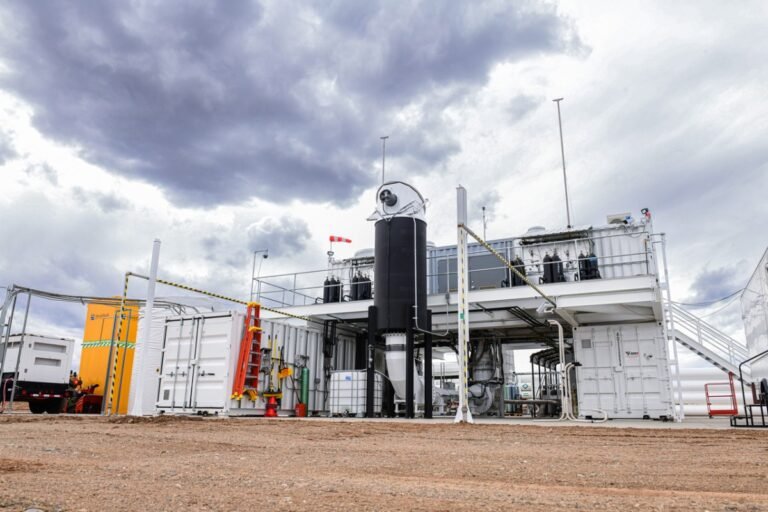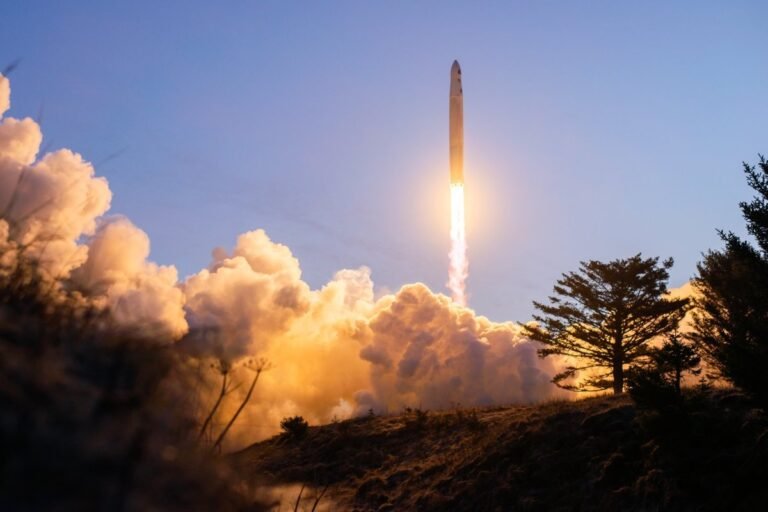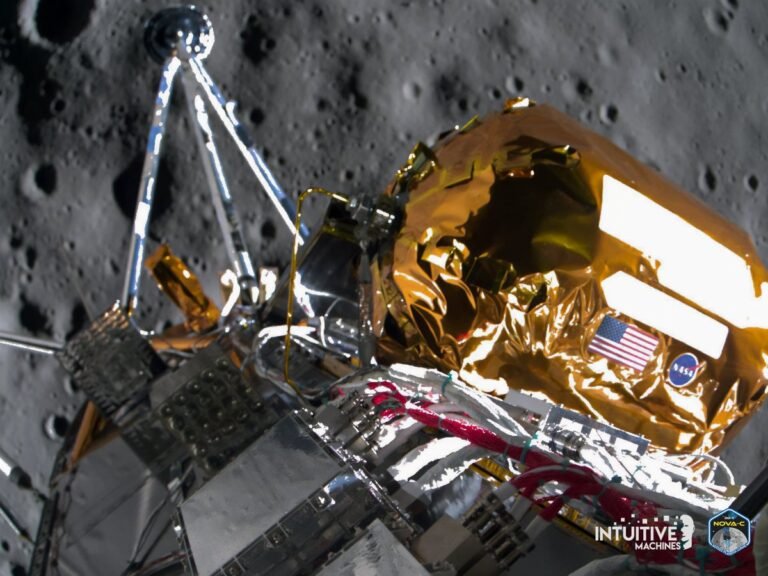
Founder Daudi Barnes started the company in 2019 to augment the work of his previous company, Advanced Mobile Propulsion Test.
The Colorado-based startup already operates one test stand, called Sunshine, which AMPT stood up in 2010.
“The market is just really, really expanding really fast right now,” Animas project manager Graham Dudley explained.
So they’ve had four plus years of design and development that they have to reboot on, and that’s really, really expensive and hard for your schedule prediction.
Its a competitive edge in the space propulsion market, which has become increasingly crowded as the cost to launch spacecraft to orbit has dropped.

Astra Space, the launch company that went public in 2021 at a $2.1 billion valuation, is going private again after months of burning cash and failing to secure alternate investment.
The deal is expected to close in the second quarter of 2024, at which time Astra will cease trading on the Nasdaq.
In an investor presentation from February 2021, Astra touted a “mass produced portable launch system” that could launch from anywhere in the world.
At the time Astra completed its SPAC merger it also acquired Apollo Fusion, an electric propulsion developer for spacecraft, with the aim of integrating those systems into an Astra satellite constellation.
That constellation never came to fruition, however, and while the company did succeed in selling many Apollo Fusion propulsion systems it has struggled to turn that backlog into revenue.

Intuitive Machines’ first lunar lander officially lost power today after spending seven days on the moon.
That propulsion system, which uses a combination of cryogenic liquid oxygen and liquid methane, could unlock new capabilities in space and de-risk future missions by other commercial providers.
Before Intuitive Machines’ IM-1 mission, no lander had ever used this combination of propellants.
After the successful launch, Intuitive Machines’ also ran into a brief issue chilling the liquid oxygen feed line, which took longer than anticipated.
Two VR900 engines will also be used on Intuitive Machines’ much larger “Nova-D” spacecraft, to deliver 500-750 kilograms of payload to the moon.

In a devastating series of updates earlier today, the Pittsburgh-based startup said a “failure within the propulsion system” is causing a critical loss of propellant.
The propulsion system is a critical component of a spacecraft, but it’s especially important for this mission, which is taking an indirect path to the moon.
NASA, likely sensing the difficulty of a moon landing, has issues awards to multiple companies under the program.
Other awardees include Intuitive Machines, which is set to make its own lunar landing attempt next month, and Firefly Aerospace, which will conduct its first lunar mission later this year.
A deputy administrator from NASA’s Science Mission Directorate, Joel Kearns, said in a statement after launch that “each success and setback are opportunities to learn and grow.







